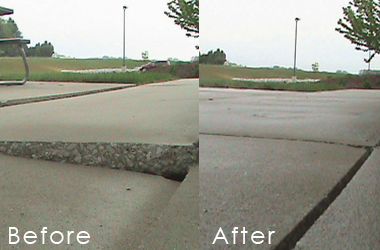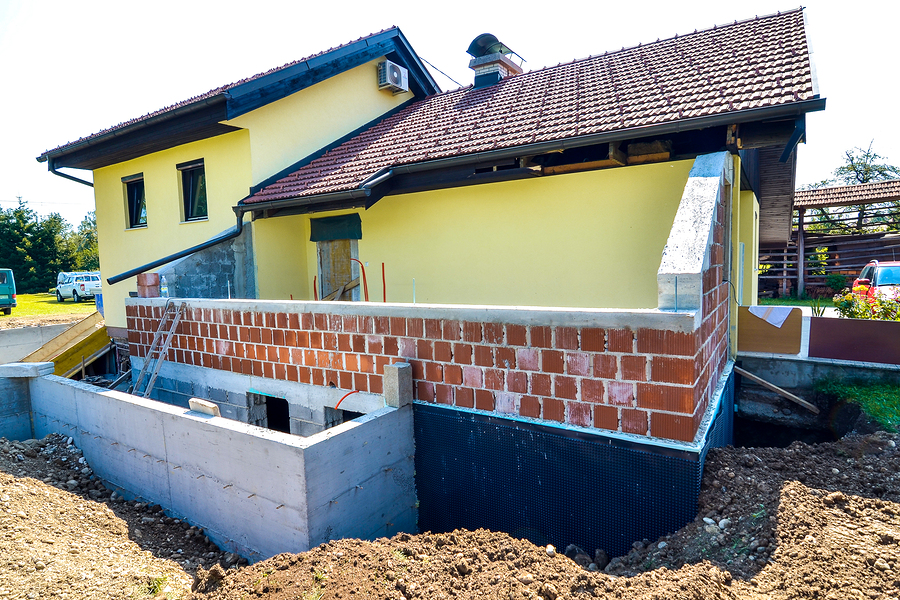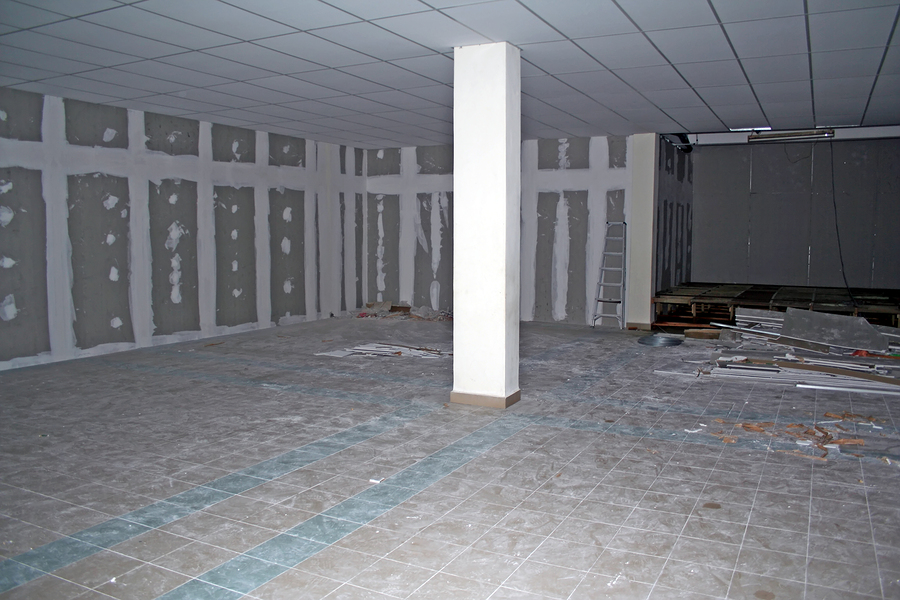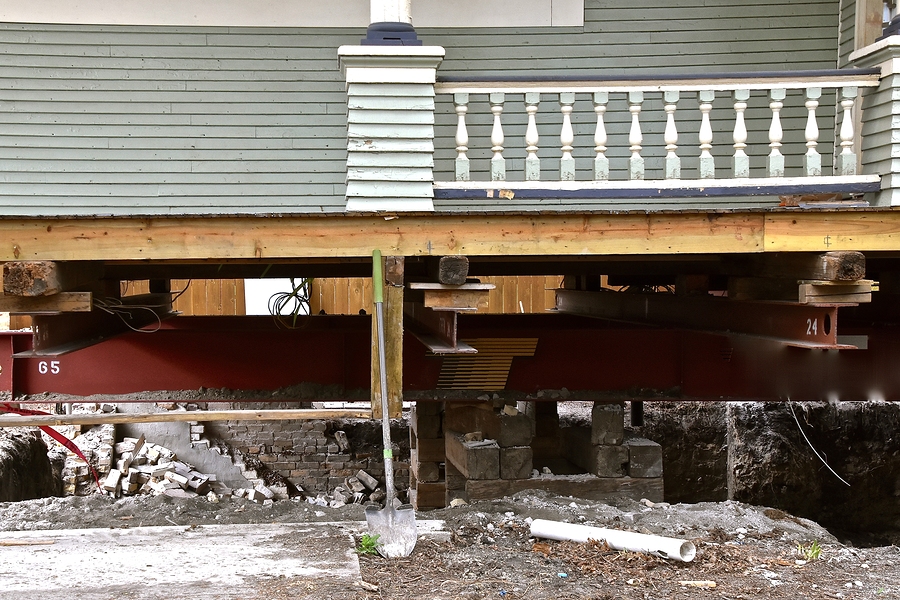What things do Architects keep paramount while preparing the map of the building?
The architect’s job is to make sure that the final product looks great. However, there are many things that can go wrong with a building before it ever sees the light of day. When you’re designing a building, you need to make sure that you’re doing it right.
When it comes to architecture, there is a saying that “the map is not the territory”. This means that an architect needs to understand the building he or she is designing for, and what its needs are, before he or she can start to design the building. The same principle applies to any type of design project. In other words, before you start drawing anything on paper, you need to have a clear idea about what you want to achieve and how you plan to go about doing it. This is the most important step in any design project, and it is one that too many people skip over. In this post, we’ll explore some of the most important things to consider when planning your building, and the most common mistakes that architects make.
1. Block Plan:
A building block plan is the very first thing you should create before you actually start sketching out the building. If you want to create a successful design, you must first identify your building’s purpose. What is it supposed to do? How much space will it require? What size will it be? How many stories will it have? How many rooms will it have? Once you know all these things, you can then start to draw a preliminary drawing of your building.
2. Architectural Drawings:
The architect’s job is to design a structure or an object. Architectural drawings are made in two ways: freehand and computer-generated. Freehand drawings are usually done by architects with the help of computers and drafting machines. A typical freehand architectural drawing would look like a blueprint. Computer-generated drawings are done with the help of software. For example, architects can use the software to draw plans for the layout and the size of rooms. They can also draw detailed designs for flooring and furniture.
3. Floor Plans:
Architectural drawings include floor plans, elevation drawings, sectional drawings, and other drawings. A floor plan shows the location of doors, windows, and stairways. It also shows the overall layout of the building. Some floor plans are drawn in perspective and other are drawn in orthogonal or isometric views. Perspective drawings are more difficult than orthogonal or isometric drawings. If you want to get a good architectural drawing, you should get it from a reputable company.
4. Elevation Drawings:
Architects also make use of elevation drawings. These drawings show how different parts of the building look from various angles. It is very important to make sure that you get an elevation drawing if you want to know how your building will look from all directions. You can’t always tell the difference between a perspective drawing and an elevation drawing just by looking at the drawings. Elevation drawings are done from a fixed point. Therefore, they are easier to draw than perspective drawings. If you want to create a perspective drawing, you should start by drawing the vertical and horizontal lines that mark off a room or part of the building. After you draw those lines, you should draw a line that goes through the center of the room.
5. Building Sections:
Perspective drawing is much harder to create than an elevation drawing. It requires an architect to draw the lines that divide a room into sections. It is also required to determine where the center of the room is. The center is usually located on a line that connects the opposite corners of the room. After you draw the horizontal lines that separate the sections, you should draw the vertical lines that extend from the top of the room to the bottom. You should connect these lines by drawing a straight line that is perpendicular to them. The next step is to add the roof to the building section. Draw a line that extends above the line that connects the walls of the building.
Conclusion:
Architects create the architectural design that fits the client’s needs.The architectural drawings are the blueprint of the project. They help the architect to design the building, and they help the client to understand the building. The client may be a developer, a business owner, an investor or even a potential buyer of the building. If you live in or near Gurgaon and require manufacturers of modular kitchens in gurgaon to renovate your home, you can either conduct an online search or contact Architects in Gurgaon for the best results at reasonable price.

















